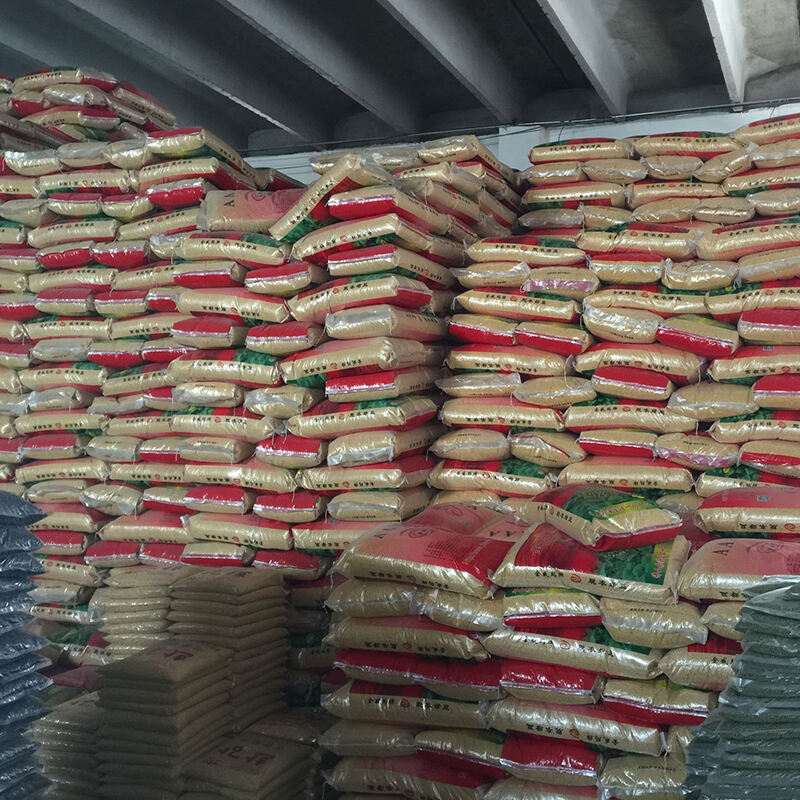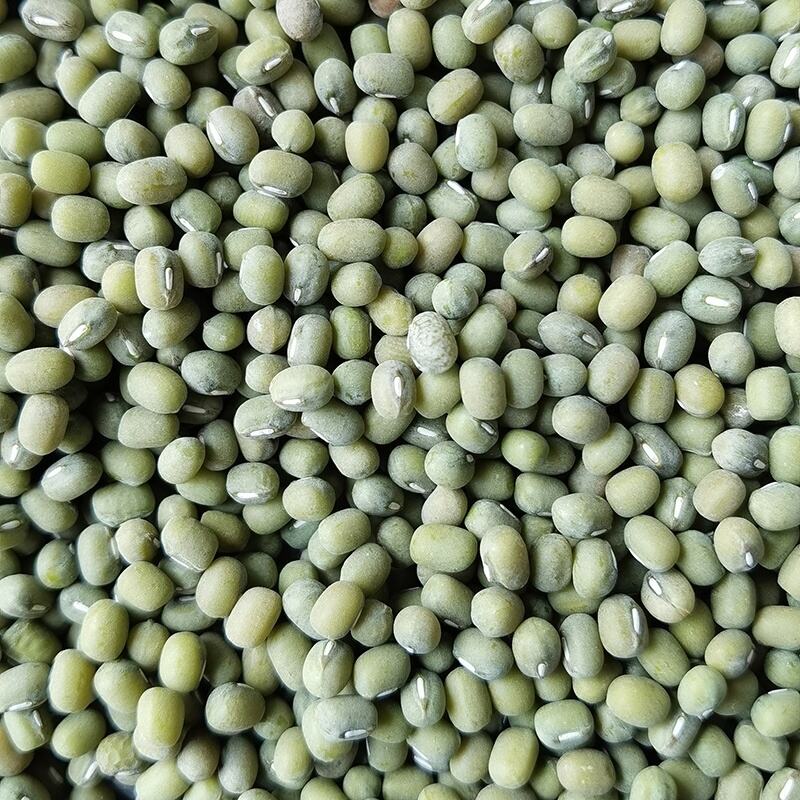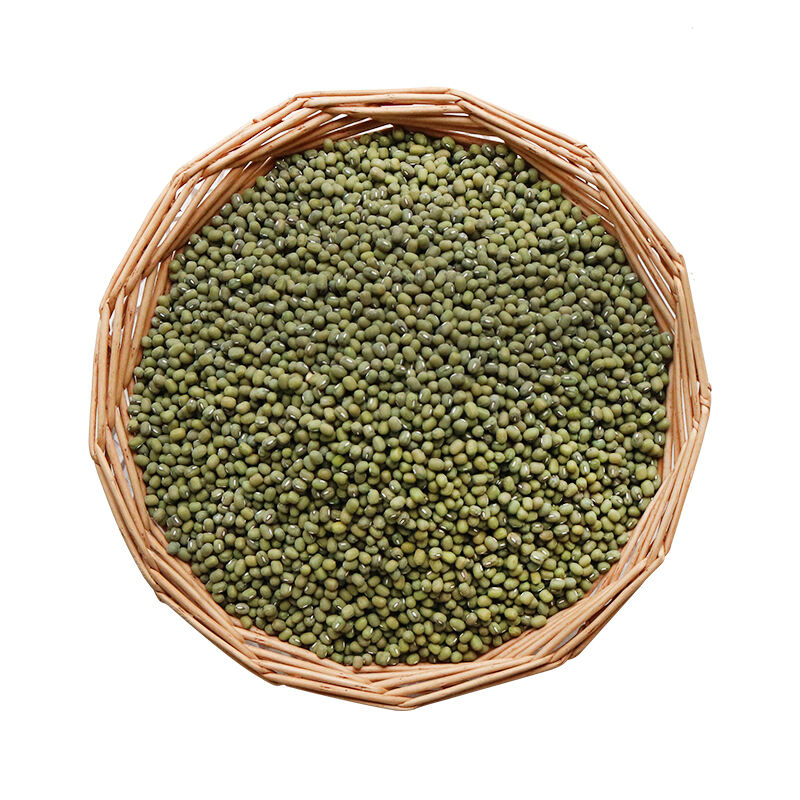chinese mung bean
The Chinese mung bean, scientifically known as Vigna radiata, is a versatile legume that has been cultivated for thousands of years in Asia. These small, round green beans are packed with essential nutrients and offer remarkable versatility in both culinary applications and agricultural practices. They are characterized by their quick growing cycle of 60-90 days and ability to thrive in various climatic conditions. Mung beans are notable for their high protein content, averaging 20-24%, making them an excellent plant-based protein source. They also contain significant amounts of dietary fiber, vitamins B and C, and minerals including iron, potassium, and zinc. From a technological perspective, mung beans have evolved through selective breeding to develop disease-resistant varieties that offer higher yields and better adaptation to different growing conditions. Modern processing techniques have expanded their applications beyond traditional uses, enabling the creation of mung bean protein isolates, starches, and specialized flour products. These beans are particularly valued in sustainable agriculture for their nitrogen-fixing properties, which naturally enrich soil quality. Their minimal water requirements and resistance to drought make them an environmentally conscious crop choice. In the food industry, mung beans are processed into various forms including sprouts, flour, starch, and protein concentrates, serving multiple sectors from health food to textile industries.


